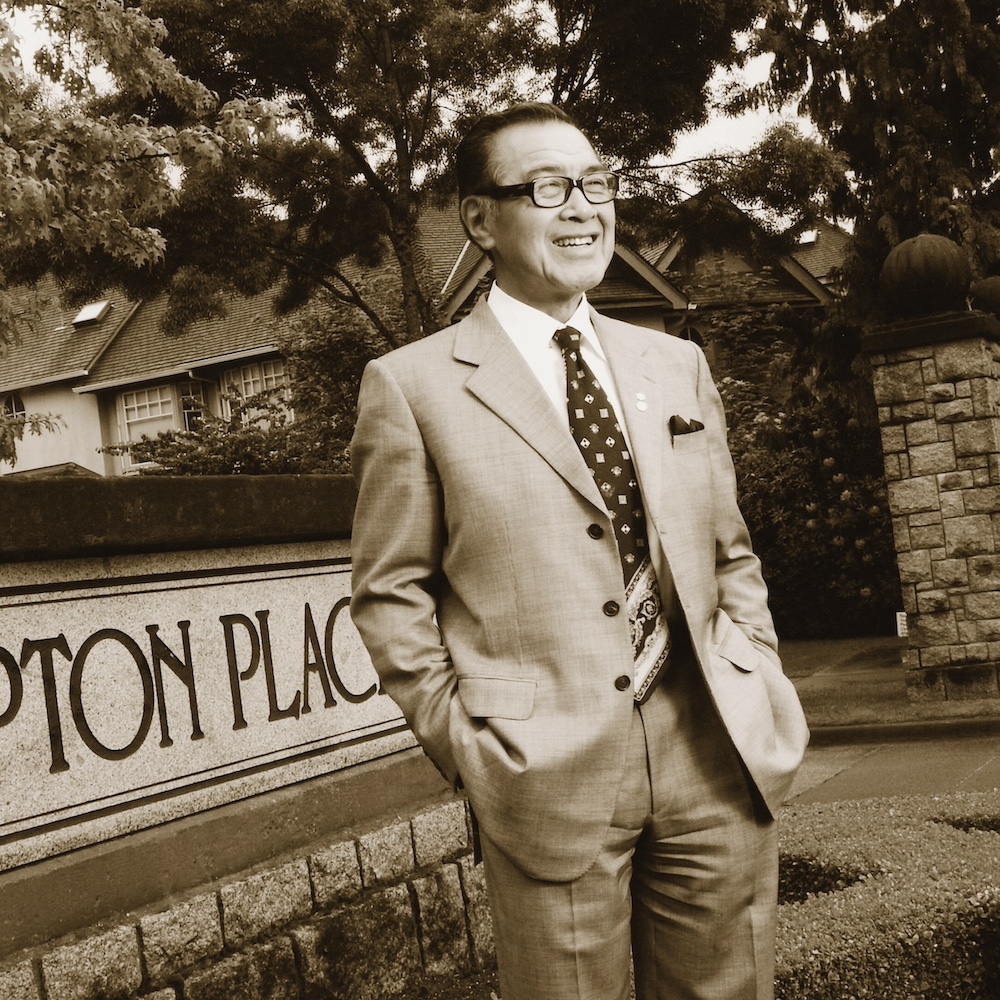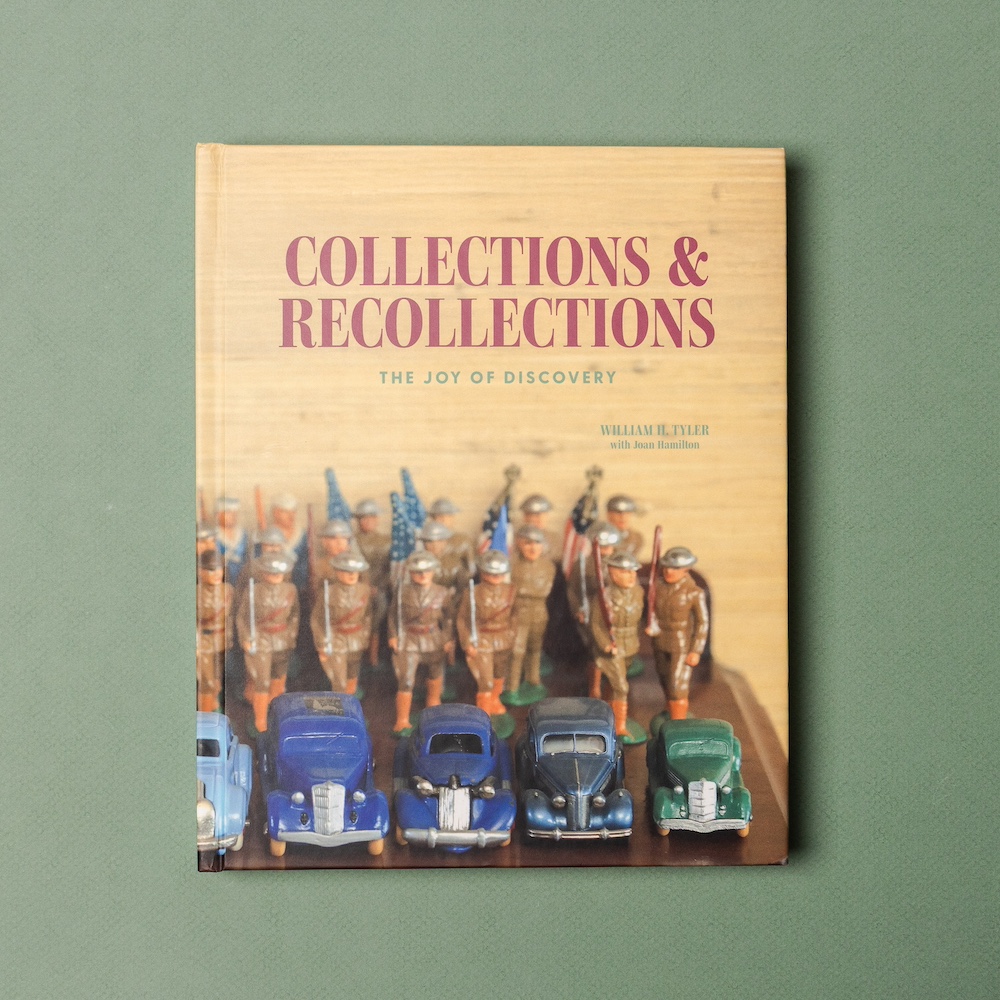Challenge
Crafting a legacy without compromise
In 2020, a couple set out to design and build their forever home, an architectural feat outside Vancouver that would honour their values, delight their senses, and reflect a life well lived. With renowned architect Tom Kundig leading the design, landscape architect Paul Sangha shaping the natural flow of the land, Robert Bailey handling the interior design, and a roster of elite craftspeople from Canada, the U.S., and Italy lending their hands, this home was never just about luxury. It was about legacy.
The homeowners, deeply involved in every step of the journey — from siting the house on its wooded lot to selecting the exact finish of a handmade faucet — wanted to honour that extraordinary collaboration. But their challenge to us was twofold: how could we document the story of a home so personal and quietly magnificent without compromising their privacy, and how could we do justice to the meticulous artistry behind its making?
While we’ve long told stories of buildings and design — through engineers, developers, and construction companies — this was our first private residence. It called for a level of sensitivity and craftsmanship equal to the build itself.
Solution
A material-driven tribute to process and place
The book we created doesn’t simply document the timeline of a home’s construction. It invites readers into the material soul of the project. Like the house itself, A Forever Home was shaped by a reverence for texture, light, and story.
Our approach centred around the artisans — the steel fabricators, stoneworkers, glass specialists, and designers — whose work helped realize the vision. Each chapter focused on a material, from the leather-wrapped steel staircase (the spine of the home) to a bathroom wrapped entirely in bookmatched marble. One stone slab weighed over 12,000 pounds. One staircase artisan hand-drilled 10,000 holes. One seamless bronze faucet was handmade in Brooklyn. Each detail had a story. Every detail mattered.
We structured the book non-linearly, echoing the way the home guides you from forest to sea. The landscape design was treated with the same narrative weight as the architecture. Process photography — glass being lifted into place, a 500-pound stair tread in mid-install — was given generous space alongside striking finished imagery.
Design-wise, the book became a tactile echo of the house: a quiet, intentional object with weight and breath. Uncoated paper stock allowed the grain to show. Ample white space gave images room to breathe. A subtly textured cover made the book a substantial ode to the materials that defined the home.
Result
A private story, beautifully told
A Forever Home became more than a record of a build. It’s a tribute to vision, patience, and precision. For the homeowners, it is a love letter to the people and materials that brought their home to life. For the artisans who participated in the home, it’s testament to the apex of their careers. And for the guests who visit, it is a compelling conversation starter, often paged through in awe.
The book’s intentional restraint — eschewing floorplans and spread after spread of static room shots for close-up details and maker profiles — preserves the privacy of the home while celebrating its artistry. What emerges is a legacy piece that captures not just how the house looks, but what it means.
One more cool thing...
Honouring every step of the journey
The construction of the home stretched through the COVID-19 pandemic, across shutdowns, supply chain failures, health precautions, and even a devastating fire next door. But despite it all, the homeowners remained unwavering in their vision. Their stubborn optimism was matched by the artisans, many of whom poured their life’s best work into this home.
The result? A house that truly earns the name forever, and a book that honours every step of the journey.
Want to tell a story that respects the complexity?
If you liked this work, you’ll love these. We help couples, changemakers, and families shape unique stories that honour the legacy.





